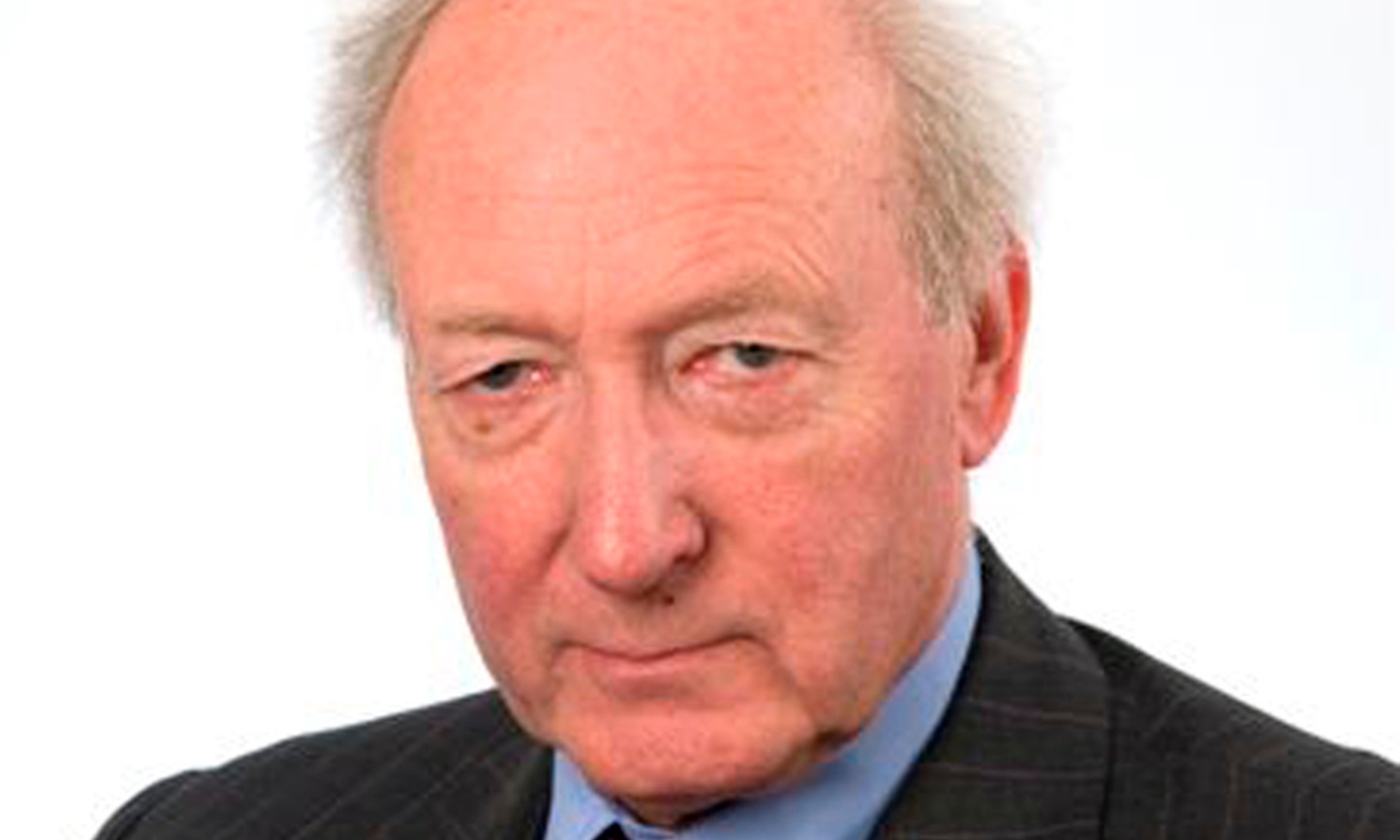A wealthy oil baron’s plans to ignite coal seams off the Fife coast have sparked concerns of an environmental disaster.
Algy Cluff, 73, who discovered one of the UK’s biggest oilfields in the 1970s, has been granted a licence to set fire to coal beneath Largo Bay and pipe the gas to shore.
The picturesque bay is one of a number of UK locations where the entrepreneur has permission to drill, having been given licences for more than 76,000 acres of Britain’s seabed.
He claims burning billions of tonnes of subsea coal will produce enough gas to fuel Britain cheaply and efficiently for hundreds of years to come.
Environmental campaigners fear it will pollute the atmosphere and lead to global warming. Concern was also expressed by politicians representing the area around Largo Bay, which fought off the threat of controversial ship-to-ship oil transfers in 2008.
Fife Council Levenmouth area committee chairman Tom Adams said the environmentally sensitive waters could be threatened by the largely untested technique.
“I am very concerned about this,” he said.
“I’ll need to look into it and find out more but from what I’ve read it could be quite lethal if not handled properly. This is the last thing we want, especially in that bay.”
Mr Adams, a former miner, has previously spoken of the threat of rising minewater seeping into Fife’s watercourses and said the proposed underground coal gasification (UCG) could lead to serious contamination.
“We could also end up with a sulphur smell from a burning underground bing and uncontrolled fires underground,” he added.
Mr Cluff has created his fifth listed company, Cluff Natural Resources, to carry out the work amid claims renewable energies could not guarantee the nation would be able to keep its lights on.
He said: “There are billions of tonnes of coal stranded beneath the seabed, enough to power Britain for hundreds of years. The potential is vast.”
He hopes to begin drilling within two years and dismissed environmental concerns about the process, which involves drilling a 12-inch vertical borehole into a coal seam between 400m and 1,200m below the seabed.
The seam is then flushed with oxygen and ignited with a burner. The resulting gas is piped to onshore energy stations where a mix of hydrogen, methane and carbon monoxide are separated for burning.
Green campaigners say UCG has never been tested beneath the sea and claimed large volumes of carbon dioxide and other pollutants would be emitted, contributing to global warming.
WWF Scotland director Lang Banks said: “From a climate-change perspective, plans to burn coal under the sea are simply irresponsible. We know our planet’s climate can’t afford the risk of burning the fossil fuels we already know about so to plan to find and burn more is foolish.”
